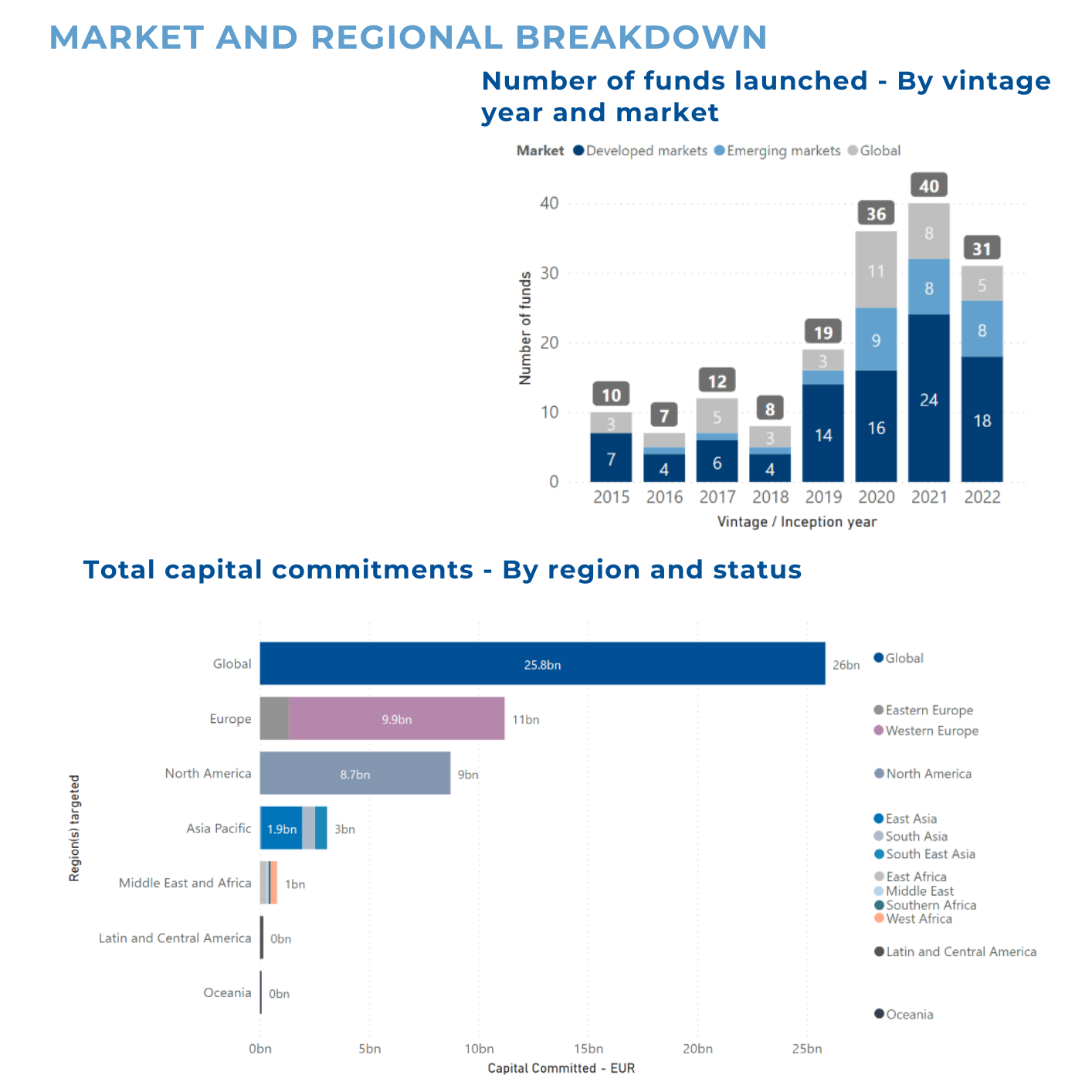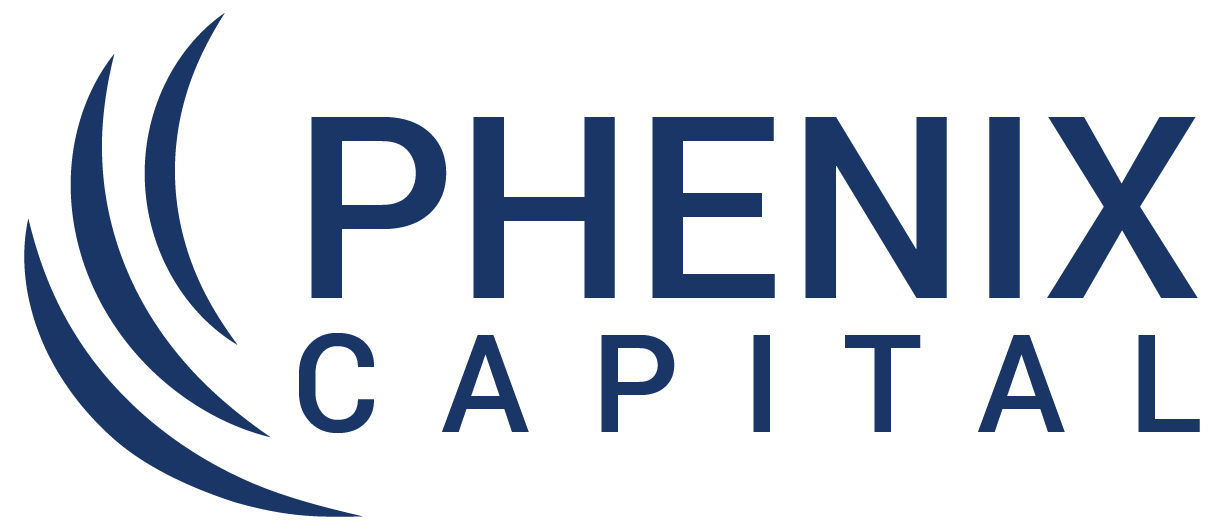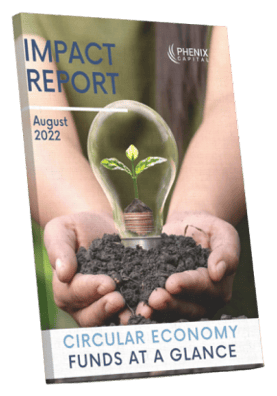SDG 12:
Responsible consumption and production
SDG 12, what is it?
SDG 12 Responsible Consumption and Production aims to ensure sustainable consumption and production patterns. It is composed of the following 11 targets:
12.1 Implement the 10-year framework of programmes on sustainable consumption and production, all countries taking action, with developed countries taking the lead, taking into account the development and capabilities of developing countries
12.2 By 2030, achieve the sustainable management and efficient use of natural resources
12.3 By 2030, halve per capita global food waste at the retail and consumer levels and reduce food losses along production and supply chains, including post-harvest losses
12.4 By 2020, achieve the environmentally sound management of chemicals and all wastes throughout their life cycle, in accordance with agreed international frameworks, and significantly reduce their release to air, water and soil in order to minimize their adverse impacts on human health and the environment
12.5 By 2030, substantially reduce waste generation through prevention, reduction, recycling and reuse
12.6 Encourage companies, especially large and transnational companies, to adopt sustainable practices and to integrate sustainability information into their reporting cycle
12.7 Promote public procurement practices that are sustainable, in accordance with national policies and priorities
12.8 By 2030, ensure that people everywhere have the relevant information and awareness for sustainable development and lifestyles in harmony with nature
12.A Support developing countries to strengthen their scientific and technological capacity to move towards more sustainable patterns of consumption and production
12.B Develop and implement tools to monitor sustainable development impacts for sustainable tourism that creates jobs and promotes local culture and products
12.C Rationalize inefficient fossil-fuel subsidies that encourage wasteful consumption by removing market distortions, in accordance with national circumstances, including by restructuring taxation and phasing out those harmful subsidies, where they exist, to reflect their environmental impacts, taking fully into account the specific needs and conditions of developing countries and minimizing the possible adverse impacts on their development in a manner that protects the poor and the affected communities
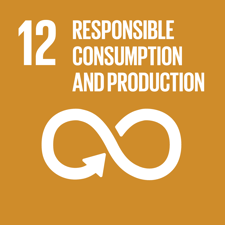
SDG breakdown per asset class
According to our Impact Database, since 2015 SDG 12 Responsible Consumption and Production received 36 % of total capital commitments in private equity funds, 31 % in public equity funds, 9 % in infrastructure funds and 8 % in public debt funds.
Historically, Circular Economy funds launched are most targeted by Developed and Global markets. We see this trend continue into 2022. This may be because emerging economies are focussed on meeting the needs of their populations and, therefore, are more likely to target other impact themes such as Access to Healthcare, Sustainable Agriculture and Farming and Poverty Reduction.
In the graph, it will be shown the number of funds launched- by vintage year and market.
Data provided by Phenix Capital’s Impact Database Agust 2022). Impact Database maps the impact fund universe across all asset classes. Register for free demo.
